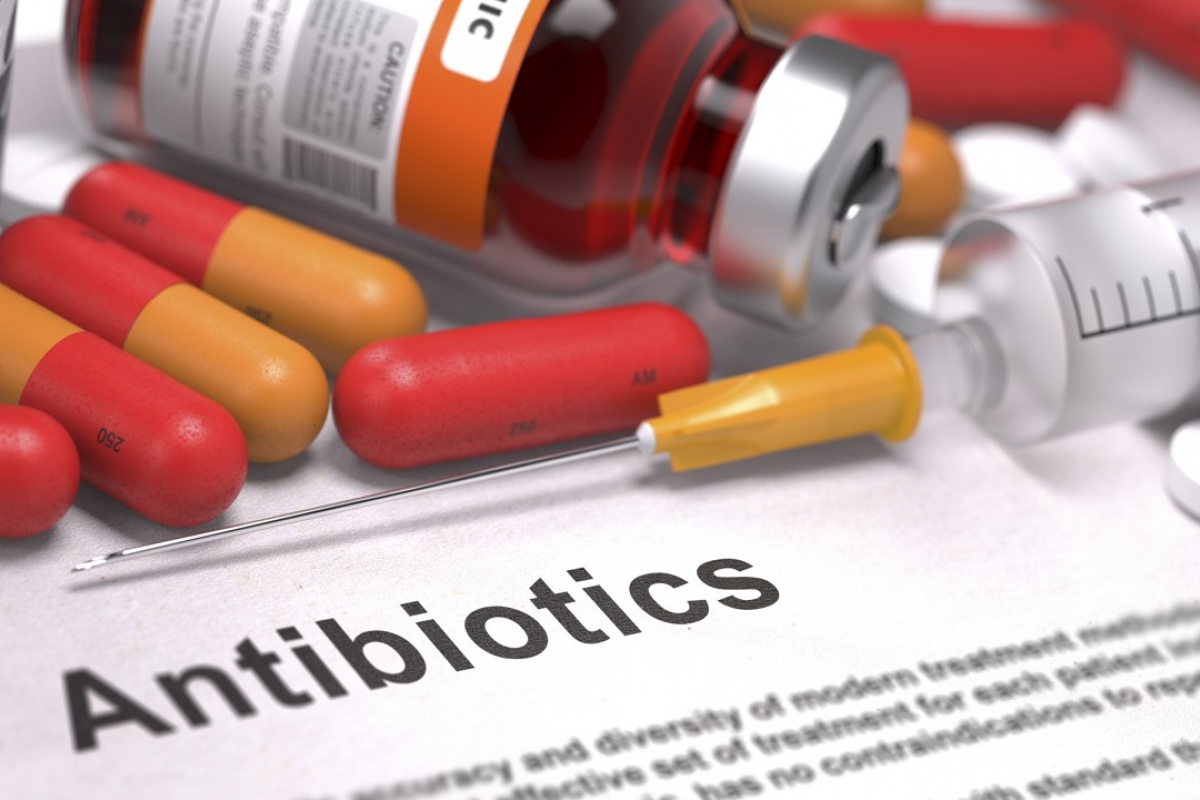
A substance that decrease the growth of a bacterium or kills it can be called an antibiotic. Antibiotics are a type of antimicrobial agents designed to fight against bacterial infections within (or on) the body. And this is the main difference of antibiotics from the other antimicrobial agents widely used today: Antiseptics which are used to sterilise surfaces of living tissue when the risk of infection is high (e.g during surgery). Disinfectants antimicrobials which are non-selective, killing a wide range of microorganisms including bacteria and viruses. They are used on non-living surfaces, for example in hospitals. There is also common misinterpretation of term “antibiotic”. Frequently most people think that antibiotic kills all dangerous for human body microbes (like fungi and viruses). Only substances that active against bacteria are called antibiotics, while the name antimicrobial is general term for anything that inhibits or kills microbial cells including antibiotics, antifungals, antivirals and chemicals. Now most antibiotics are produced in laboratories by chemical synthesis or semi synthesis. But at the start of “antibiotic era” all of them have found in nature by scientists. Classification of antibiotics are commonly based on their mechanism of action, chemical structure, or spectrum of activity. Those that target the bacterial cell wall (penicillins and cephalosporins) or the cell membrane (polymyxins), or interfere with essential bacterial enzymes (rifamycins, lipiarmycins, quinolones, and sulfonamides) have bactericidal activities or kill the bacteria. Protein synthesis inhibitors (macrolides, lincosamides, and tetracyclines) are usually bacteriostatic (with the exception of bactericidal aminoglycosides). Further categorization is based on their target specificity. "Narrow-spectrum" antibiotics target specific types of bacteria, such as gram-negative or gram-positive, whereas broad-spectrum antibiotics affect a wide range of bacteria. Following a 40-year break in discovering new classes of antibacterial compounds, four new classes of antibiotics have been brought into clinical use in the late 2000s and early 2010s: cyclic lipopeptides (such as daptomycin), glycylcyclines (such as tigecycline), oxazolidinones (such as linezolid), and lipiarmycins (such as fidaxomicin). How do antibiotics work? Antibiotics are used to treat bacterial infections. Some are highly specialised and are only effective against certain bacteria. Others, known as broad-spectrum antibiotics, attack a wide range of bacteria, including ones that are beneficial to us. There are two main ways in which antibiotics target bacteria. They either prevent the reproduction of bacteria, or they kill the bacteria, for example by stopping the mechanism responsible for building their cell walls. Why are antibiotics important? The introduction of antibiotics into medicine revolutionised the way infectious diseases were treated. Between 1945 and 1972, average human life expectancy jumped by eight years, with antibiotics used to treat infections that were previously likely to kill patients. Today, antibiotics are one of the most common classes of drugs used in medicine and make possible many of the complex surgeries that have become routine around the world. If we ran out of effective antibiotics, modern medicine would be set back by decades. Relatively minor surgeries, such as appendectomies, could become life threatening, as they were before antibiotics became widely available. Antibiotics are sometimes used in a limited numbers of patients before surgery to ensure that patients do not contract any infections from bacteria entering open cuts. Without this precaution, the risk of blood poisoning would become much higher, and many of the more complex surgeries doctors now perform may not be possible. But nowadays antibiotics are the cause of new danger for the mankind. Namely widespread usage of antibiotics in hospitals has also been associated with increases in bacterial strains and species that no longer respond to treatment with the most common antibiotics. So it takes a big effort from the side of physicians and patients to stop antibiotics misuse and to prevent spreading resistant bacterial strains. References https://en.wikipedia.org/wiki/Antibiotic https://microbiologysociety.org/members-outreach-resources/outreach-resources/antibiotics-unearthed/antibiotics-and-antibiotic-resistance/what-are-antibiotics-and-how-do-they-work.html https://www.nhs.uk/conditions/antibiotics/ http://drugs.com/article/antibiotics.html? By Aliyev F.
If this page is in your subscriptions, then it will be removed. You will not see this page. If you want to unblock a user, go to the settings, the list of blocked users and click unblock